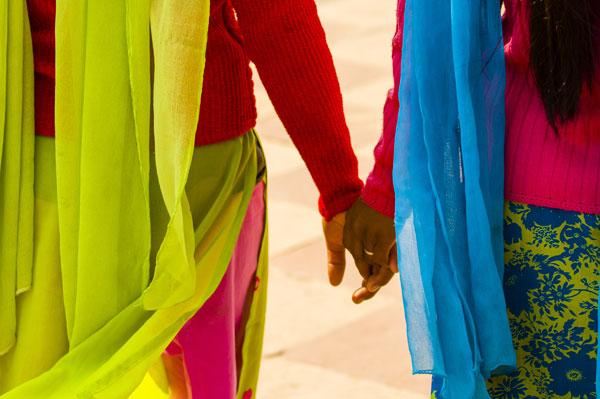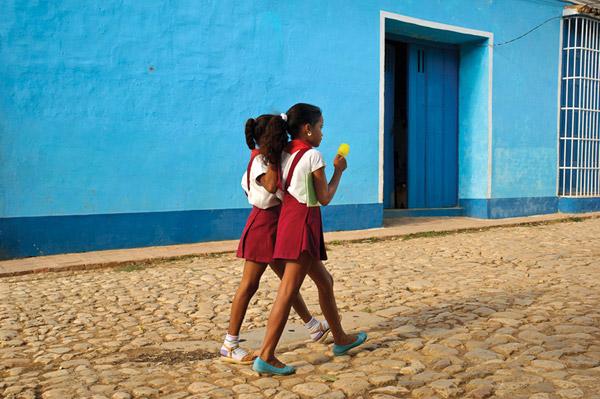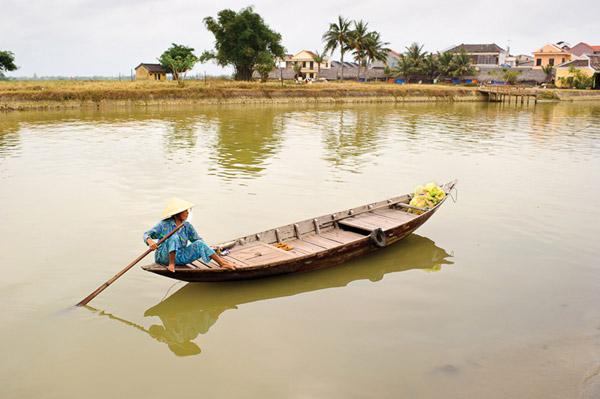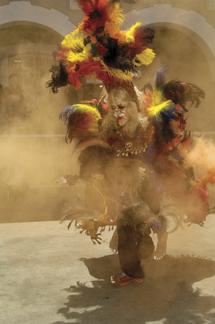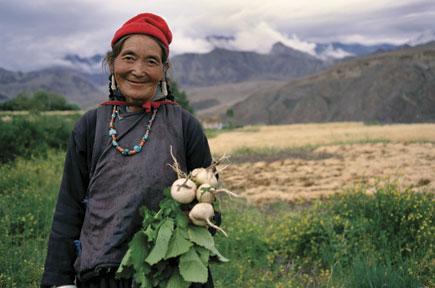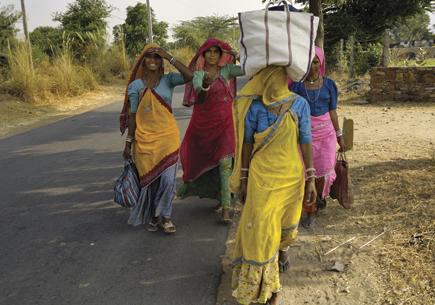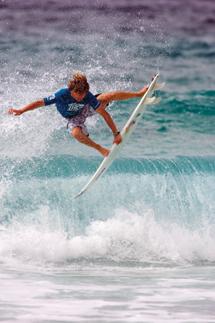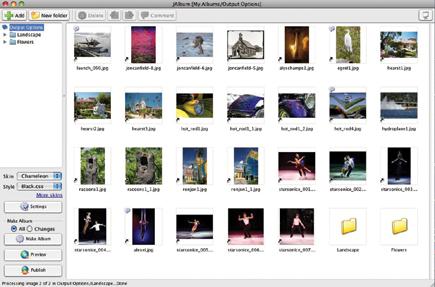Pro Techniques
Sort By: Post DateTitle Publish Date
|
Aug 29, 2013 |
First Published: Jul 01, 2013 |
|
Aug 27, 2012 |
First Published: Jul 01, 2012 |
|
May 06, 2014 |
First Published: Mar 01, 2014 |
|
Mar 07, 2014 |
First Published: Jan 01, 2014 |
|
Jun 27, 2012 |
First Published: May 01, 2012 |
|
Feb 07, 2013 |
First Published: Jan 01, 2013 |
|
Dec 27, 2013 |
First Published: Nov 01, 2013 |
|
Jun 17, 2011 |
First Published: May 01, 2011 |
|
Mar 01, 2010 |
|
Sep 01, 2010 |
|
Jan 01, 2010 |
|
Apr 01, 2008 |
|
Jun 01, 2004 |
|
Mar 01, 2008 |



